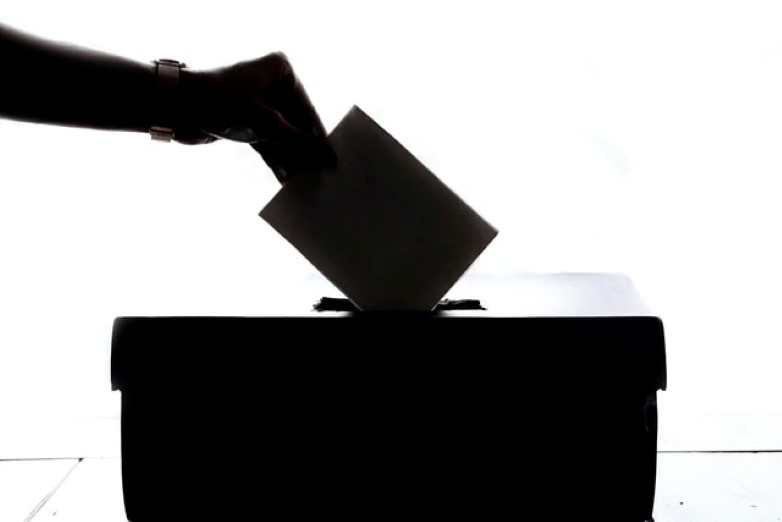With the 2020 Presidential elections in the United States well underway, millions of Americans have already cast their votes up to three weeks before Election Day. This year has already seen records broken for the number of early voters by mail or in-person at the polls. It is impressive to see these record numbers despite the ongoing COVID-19 pandemic guidelines keeping people at a distance from each other.
There are now various voting methods that are used in elections around the world. There is more emphasis on developing electronic voting technology especially, as the widespread use of technology enables eligible voters to vote regardless of location, profession, age or disability.
In 2005, Estonia became the first country to use internet voting for their national election. Since then, other countries have trialled internet voting solutions including India, the Philippines and Norway, but the security of these systems are still under review. Some other nations allow voters with special needs (for example in Australia) or expatriates (for example from Switzerland or the United States) to vote online.
The chart below was created with PatBase Analytics V3, the integrated analytics tool on PatBase that can analyse an unlimited number of records from PatBase with just one click. The blue line shows the number of global patent applications for “vote security” related inventions. There is an upwards trend in the number of applications since 2011. Similarly, the green line showing the number of granted patents has been increasing steadily over the last 20 years.
The red line, representing the number of patent families (each count representing one invention), is interesting as there is a sharp increase since 2018. This suggests that there are more brand-new inventions related to this topic recently.

Why do we need more secure voting processes?
Secure electronic voting systems allow more people, for example, disabled people or those living abroad, to still exercise their right to vote. Due to the COVID pandemic, more movement and gathering restrictions were put in place to prevent the spread of the disease, but this can have an adverse effect of in-person voter turnout. Mail-in, mobile app-based, or online voting solutions have been effective in ensuring people who cannot make it to the polls physically can still cast their votes.
However, there are multiple threats to current voting systems. These threats include coerced voting, bought votes, refusal of registered voters from polling stations, cyber-attacks etc. Due to the highly decentralised vote counting processes, vote security often falls to the local county or municipal level.
There are also cybersecurity threats from outdated hardware and software used for election data processing. Technology can be hacked from multiple angles at once and these old systems are not equipped with enough protection. A wide range of technical threats can undermine the public’s confidence in voting systems and election results.
Search patent data to reveal trends in innovation
It is clear to see the key concepts within the patent documents using the Keyword Explorer available on PatBase or PatBase Express. Looking at the patent data related to “vote”, “security” and “protection”, “electronic vote” and “blockchain” are two popular concepts explored in the patent documents found. This suggests that blockchain technology is considered by various inventors as a solution for increasing electronic vote security. The blockchain can be used to encrypt and securely send data from one electronic device to another.

However, some researchers have criticised this proposed solution because blockchain networks are not yet developed enough to be able to handle usage volumes as large as the whole general voter population. Also, using this network may present an even larger cybersecurity threat as it offers a single location for a hack to take place and discredit millions of votes at once. Some believe in-person or mail-in voting is still a more optimal solution, as any tampering could only affect a small number of votes at a time.
There is still some way to go in developing and testing more secure voting methods. You can keep track of the developments in virtually any field or sector by researching patents on a global database like PatBase.
For more information on PatBase and to register for a commitment-free two-week free trial, click here: https://minesoft.com/our-products/patbase/

